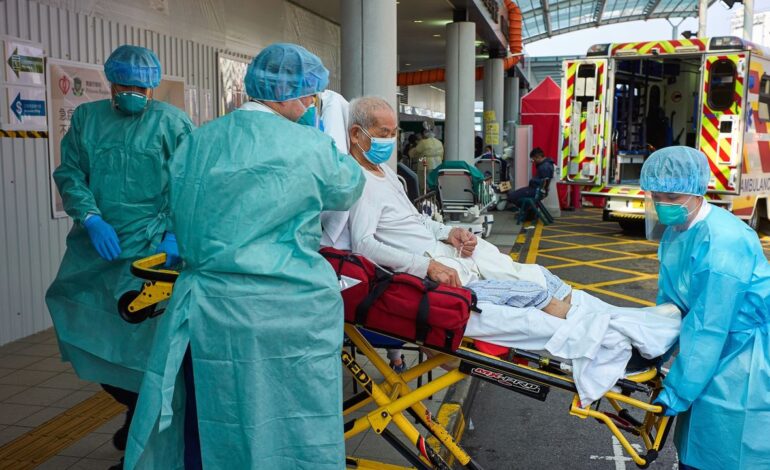Prepare for “The Big One”: Lessons from Past Pandemics

The world may not be adequately prepared for the next pandemic, according to leading epidemiologist Michael Osterholm. In his new book, titled The Big One: How We Must Prepare for Future Deadly Pandemics, Osterholm, along with co-author Mark Olshaker, presents a sobering outlook on what future outbreaks could entail. The book posits a scenario where a more lethal coronavirus emerges, potentially surpassing the devastation witnessed during the COVID-19 pandemic.
Osterholm, who serves as the founding director of the Center for Infectious Disease Research and Policy (CIDRAP) at the University of Minnesota, emphasizes the need for lessons learned from past pandemics. He suggests that understanding historical responses is crucial for mitigating the impacts of a hypothetical “SARS-3.”
In the book, the authors outline the potential consequences of a new pandemic. Even those who remain healthy might experience disruptions in daily life due to severe shortages of essential commodities. Osterholm notes that a future outbreak could lead to significant deficits in food, medical supplies, and other vital goods, affecting economies worldwide. “Even coffins to bury the dead would be in short supply,” he warns.
The interconnectedness of global economies, as highlighted during the COVID-19 pandemic, reveals a vulnerability that must be addressed. A troubling factor is that a significant portion of the United States’ critical and lifesaving generic drugs are produced in China and India, both of which could be early targets in a viral outbreak. Osterholm advocates for reestablishing pharmaceutical manufacturing domestically to ensure national security, a move that would likely require government subsidies due to the thin profit margins associated with generic drugs.
Global Cooperation and Ethical Responsibility
Osterholm stresses that the ethical landscape of public health must evolve. The principle that “no one is completely safe until everyone is safe” holds profound relevance. As he cites the late Nobel laureate Dr. Joshua Lederberg, “Bacteria and viruses know nothing of national sovereignties.” The message is clear: ignoring the plight of other nations only increases vulnerability at home.
The challenges faced during the COVID-19 vaccine rollout serve as a cautionary tale. High-income countries secured substantial vaccine supplies, while low- and middle-income nations struggled to access adequate doses. To prevent such disparities in the future, Osterholm calls for international agreements to ensure equitable distribution of vaccines, along with robust manufacturing capabilities to meet global demand.
As the world moves closer to interconnectedness, the urgency for global cooperation becomes paramount. The logistics of vaccine distribution must be planned in advance, taking into account the complexities of international supply chains. “Distance provides no protection from infectious diseases,” Osterholm asserts, emphasizing the need for preparedness at a global scale.
Anticipating Future Threats
The potential severity of future pandemics raises important ethical questions regarding resource allocation. While the COVID-19 pandemic predominantly affected the elderly and immunocompromised, history shows that future viruses might target younger, healthier populations, similar to the impact of the 1918 influenza pandemic. In that outbreak, over half of the fatalities were individuals aged 18 to 40.
Despite advancements in medicine, the global healthcare system remains ill-equipped to handle large-scale cases of acute respiratory distress syndrome (ARDS), a severe complication associated with viral infections. While the SARS-CoV-2 outbreak infected approximately 8,000 individuals in 2003, it had a 10% mortality rate, illustrating the potential danger of future viruses.
Osterholm’s book serves as a crucial reminder that the COVID-19 pandemic was merely a precursor to what could come next. Preparing for “The Big One” involves not only developing effective vaccines but also addressing the ethical dilemmas surrounding the distribution of resources during a crisis.
By engaging in proactive discussions today, societies can better navigate the complexities of prioritizing treatment in future pandemics. As Osterholm argues, it is essential to confront these ethical issues publicly, rather than waiting until a crisis unfolds.
In summary, The Big One offers a comprehensive examination of past pandemics, the lessons learned, and the urgent need for preparedness. As the world continues to grapple with the implications of COVID-19, the insights provided by Osterholm and Olshaker serve as a wake-up call to bolster global health systems and enhance cooperation before the next crisis strikes.






